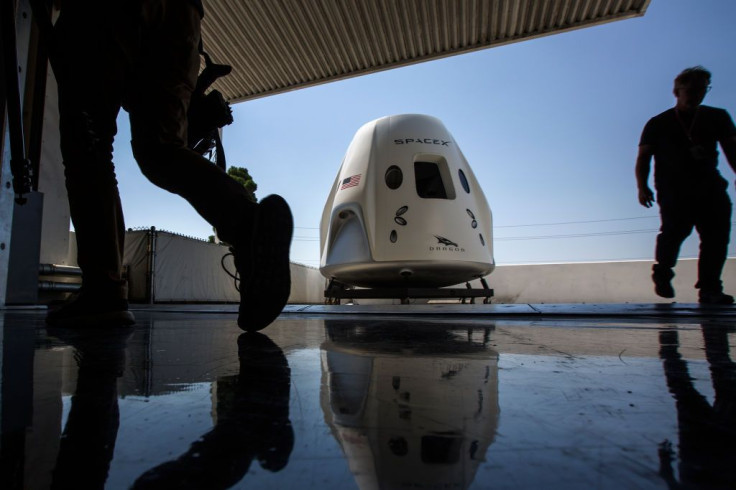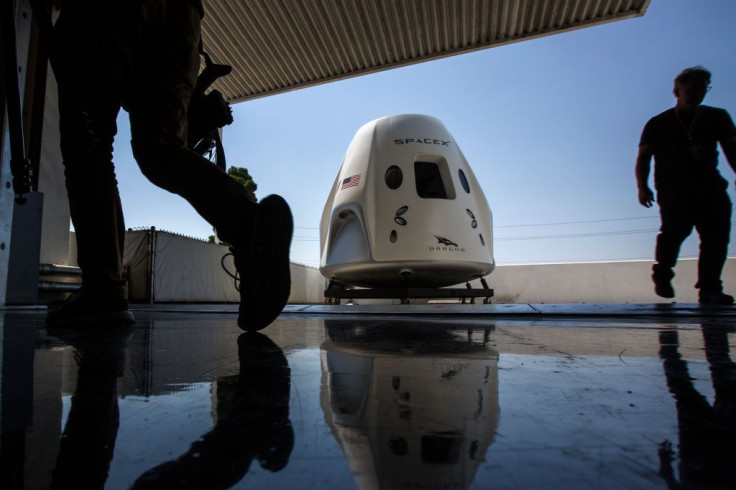NASA Approves SpaceX's Historic First Crew Dragon Test Flight For March 2

After interminable delays, the Crew Dragon spacecraft from SpaceX will finally get to fly to the International Space Station (ISS) on March 2 -- that is, if nothing untoward occurs to delay this historic mission.
The first test flight mission of Crew Dragon, also known as Dragon 2, to the ISS has been dubbed Demo-1, according to both NASA and SpaceX which made the announcement over the weekend. There will only be one “passenger” aboard this mission, a test dummy wearing a spacesuit and packed with sensors.
"We need to make sure that (Crew Dragon 2) can safely go rendezvous and dock with the space station, and undock safely, and not pose a hazard to the International Space Station," said Kathy Lueders, manager of NASA's Commercial Crew Program.
The first Crew Dragon will lift off atop a SpaceX Falcon 9 launch vehicle from Pad 39A of NASA's Kennedy Space Center in Cape Canaveral, Florida on March 2 at 0748 GMT. Backup launch dates are set for March 5 and March 8 or 9 if the first attempt is aborted.
Should the first uncrewed flight next week prove successful, SpaceX will launch the first crewed mission to the ISS this July.
Crew Dragon is a variant of SpaceX's robotic Dragon cargo capsule, which has been flying resupply missions to the ISS since 2012. It has seven seats and, of course, a life-support system. The crew capsule features eight SuperDraco escape engines, which would propel the spacecraft out of harm's way during a launch emergency. Dragon 2 will dock directly with the ISS.
The spacecraft is one of two sub-types belonging to the Dragon spacecraft class. The other vehicle is Cargo Dragon 2, which as its name implies, will only be used to deliver cargo to the ISS.
Both Crew Dragon and Cargo Dragon are designed for launches as payloads of Falcon 9 Block 5 rockets. They will splash down in the ocean upon their return to Earth. Dragon 2 has larger windows, new flight computers and avionics and redesigned solar arrays than the original Crew Dragon, whose development began in 2010.

On the other hand, SpaceX has been developing Crew Dragon 2 since 2014 under a $2.6 billion contract with NASA. NASA’s goal in awarding this contract to SpaceX is to bring crewed orbital launch back to U.S. soil.
The United States gave-up this capability when NASA retired its space shuttle fleet in 2011. NASA currently depends entirely on Russian Soyuz rockets and spacecraft to transport its astronauts to and from the ISS. It costs NASA $80 million per seat to fly its astronauts to the ISS aboard Soyuz.
© Copyright IBTimes 2024. All rights reserved.





















